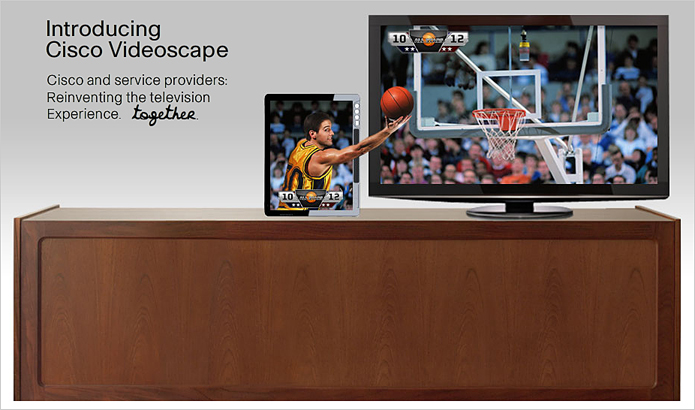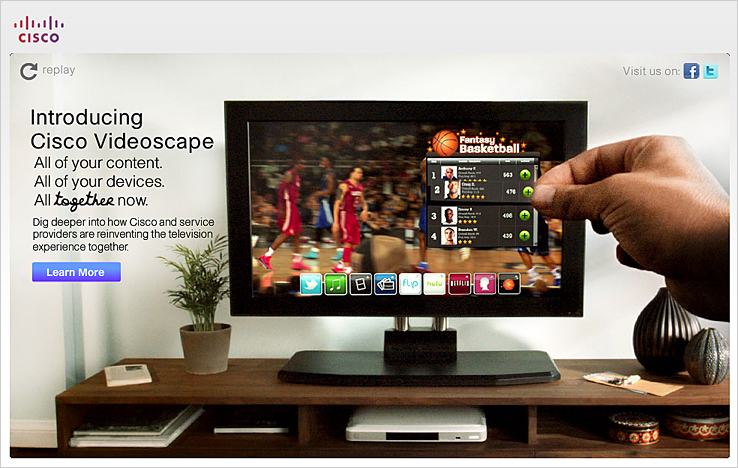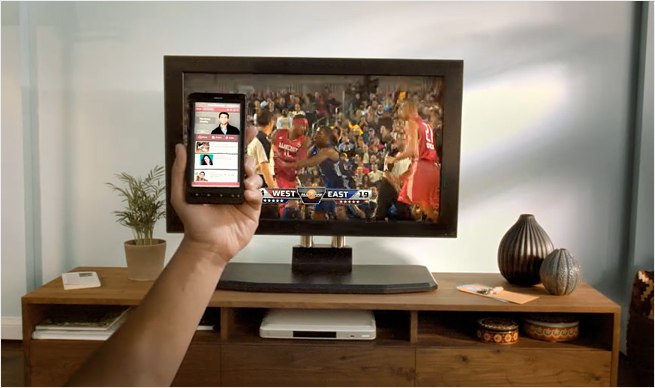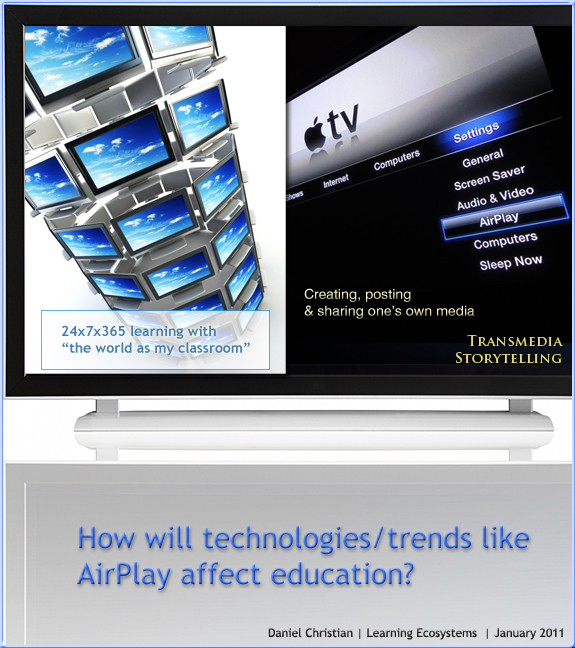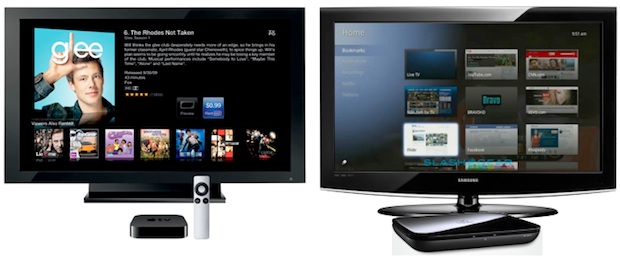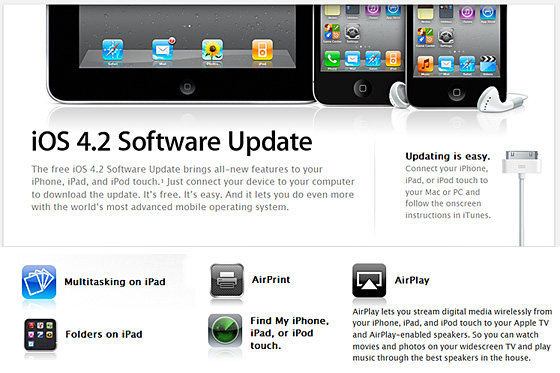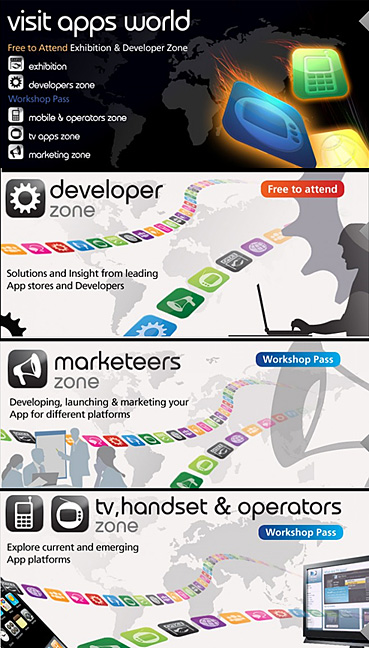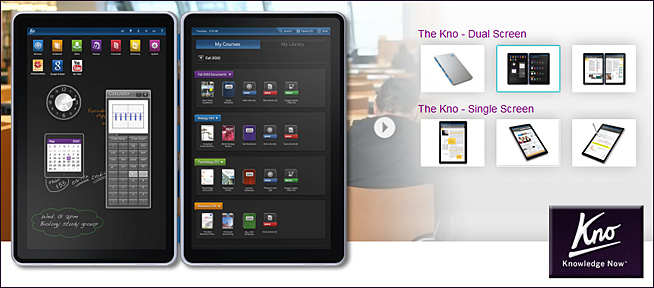What television is *really* becoming — by Philip Leigh at Inside Digital Media, Inc.
Excerpts:
Nicholas Negroponte who founded MIT’s Media Lab correctly put it sixteen years ago when he wrote in Being Digital “…the future open-architecture television is the personal computer, period.”
…
Televisions will become giant windows into the Internet Cloud. They’ll transform into electronic hearths through which family members gather to remotely share communications and social experiences as much as to watch videos. In addition to watching “TV” shows and movies, they’ll use future televisions for video phone calls, FaceBook updates, news feeds, interactive gaming, and knowledge quests within the nearly infinite mind of the Internet. Moreover, such features will augment one another. For example, FaceBook socializing will alert us to new videos our friends are watching.
The television-as-Internet-window will ultimately have a more intuitive interface. It’s likely to provide a combination of icon-apps as well as Internet browsing. Although the man-machine interface will continue to offer a mouse-and-keyboard for a while we’ll also use a gesture sensitive interface like Microsoft Kinect demonstrated in this video.











